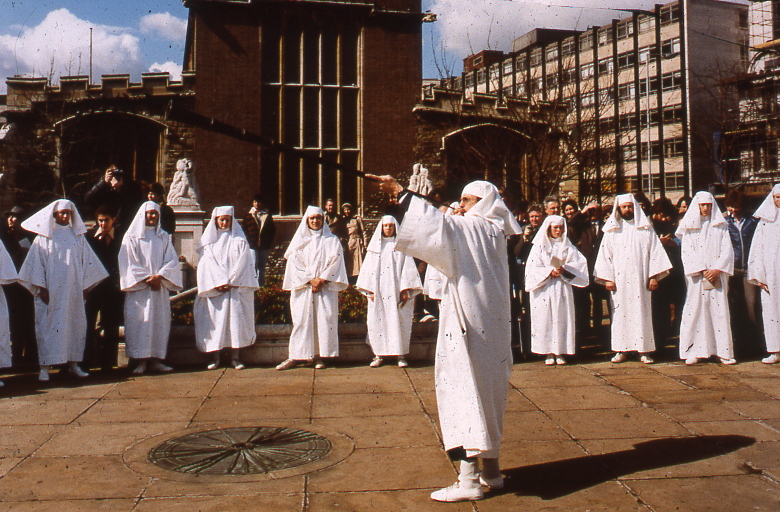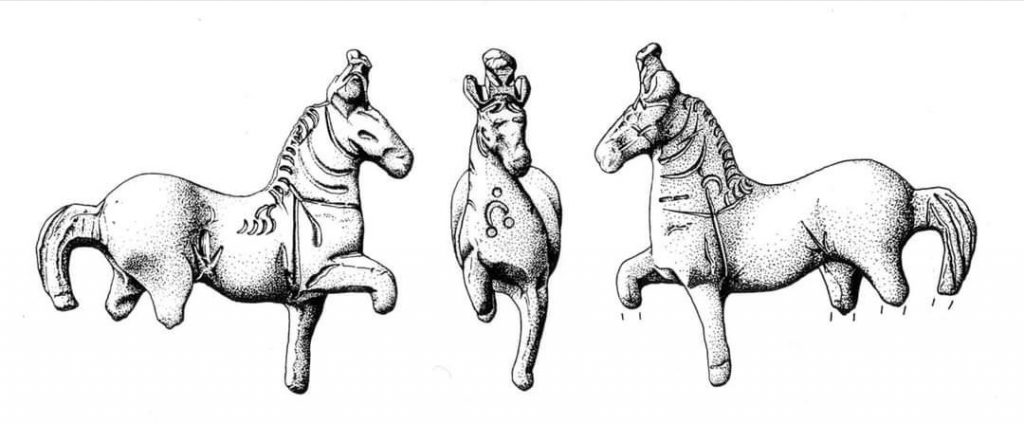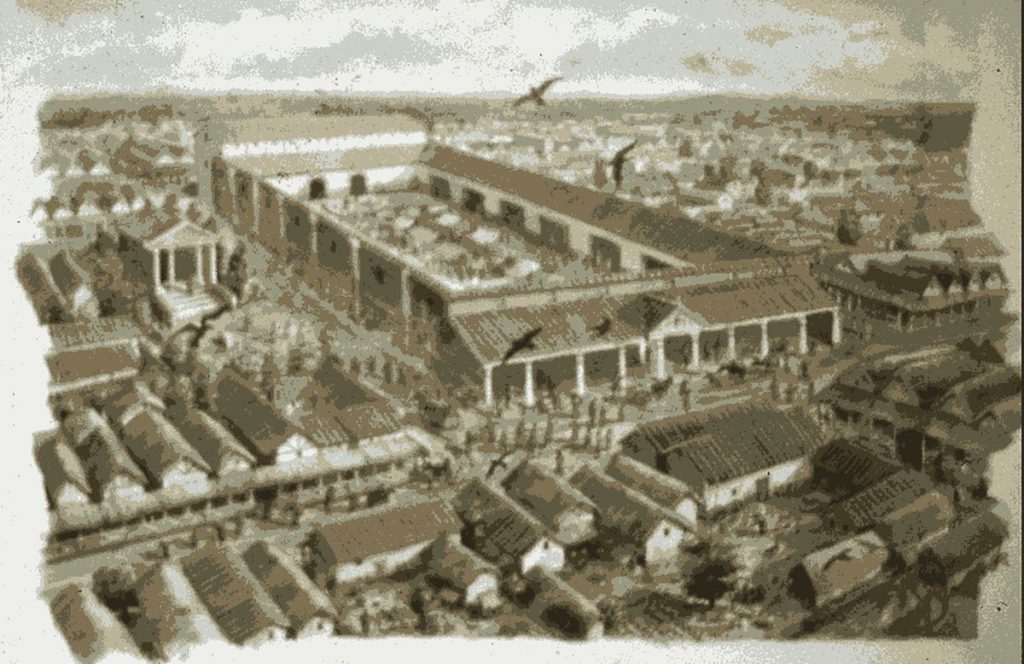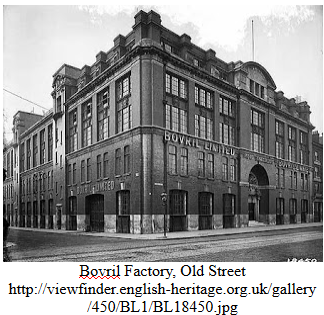
On this walk we look at how London has celebrated the New Year over the past 2000 years, and using our crystal ball look forward to what will befall London in 2022
Sunday January 2nd 2022 7.30pm
We look at London’s past to see where and how the Solstice might be celebrated. We also explore the different New Years we use and their associated Calendars – the Pagan year, the Christian year, the Roman year, the Jewish year, the Financial year, the Academic year and we reveal how these began. We look at folk traditions, Medieval Christmas Festivals, Boy Bishops, Distaff Sunday and Plough Monday, and other New Year London tradition and folklore.
At the end we use ancient methods to divine what is in store for us in 2022.
The walk finds interesting and historic places in the City of London to link to our stories of Past New Year’s Days. We begin, virtually, at Barbican Underground and continue to the Museum of London, the Roman Fort; Noble Street, Goldsmiths Hall, Foster Lane, St Pauls, Dr Commons, St. Nicholas Colechurch and on towards the River.
To book



